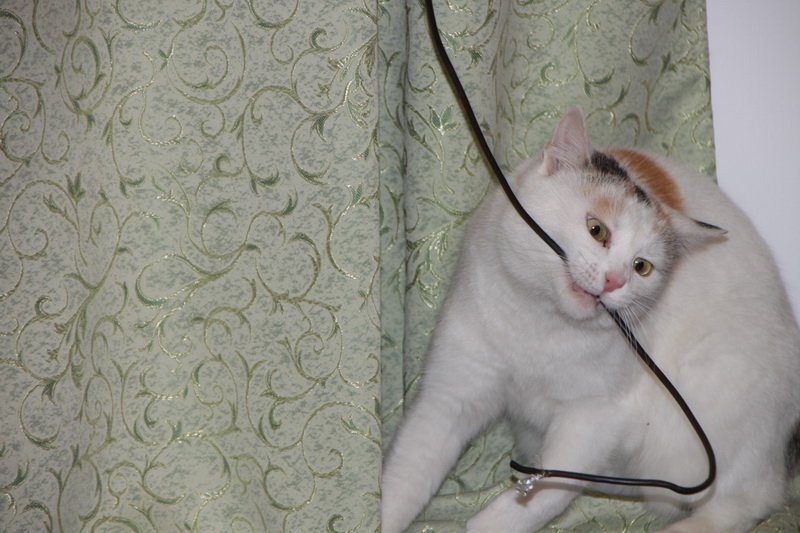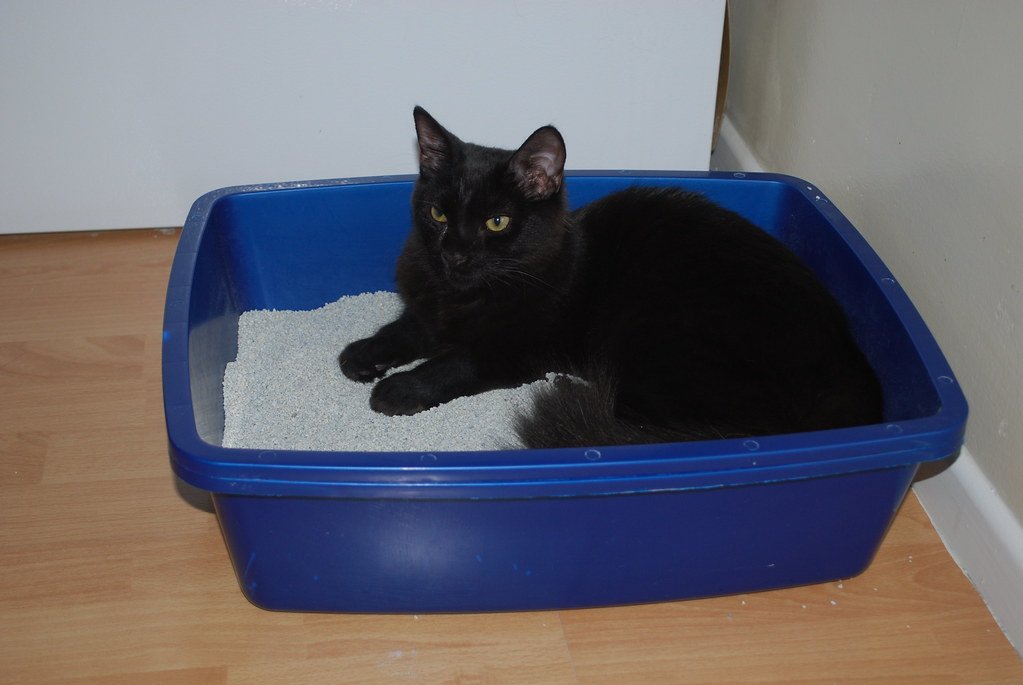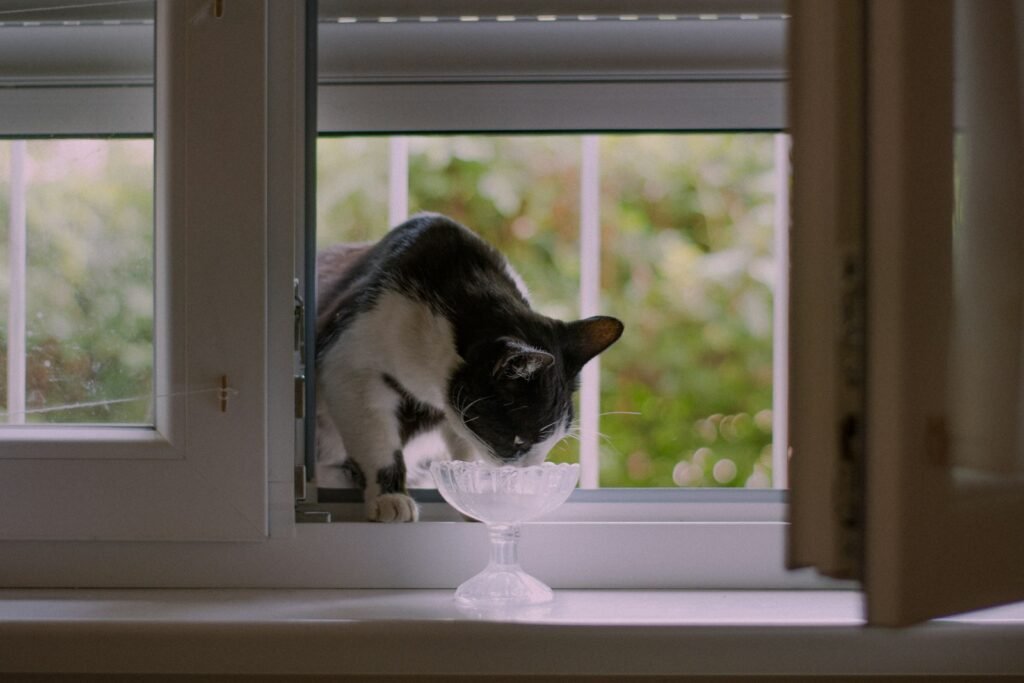Have you ever watched a cat curl up in a sunny spot and felt a wave of peace wash over you? Or maybe you’ve witnessed a shy stray transform into a loving companion, finally letting out a contented purr. There’s something almost magical about seeing a cat truly settle in. But how can you tell when a cat has finally found their place—when they feel safe, loved, and at home? For every cat lover and pet parent, recognizing these signs is both heartwarming and reassuring. Let’s explore the subtle and not-so-subtle ways our feline friends let us know they’ve found their forever haven.
Comfortable Body Language

One of the first and most obvious signs that a cat has found their place is their body language. A relaxed cat will often stretch out fully, exposing their belly—a spot they only show when they feel completely safe. You might find your cat lounging with their paws tucked in, eyes half-closed, or even sleeping on their back. Their tail will be still or gently swishing, rather than puffed up or twitching in agitation. Cats who feel secure often rub up against furniture or people, marking their territory with the scent glands in their cheeks. A calm, steady gaze instead of wide, darting eyes is another strong indicator that your feline feels at ease.
Consistent Eating and Drinking Habits

A settled cat tends to develop regular eating and drinking patterns. They’ll come to their food bowl at predictable times, often with an eager meow or a gentle nudge. If your cat is finishing their meals and drinking water without hesitation, it’s a sign that they aren’t feeling stressed or threatened in their environment. Sudden changes in appetite or water intake, on the other hand, can be a red flag for stress or health issues. Cats that feel at home may also become more playful around mealtime, sometimes even “hunting” their kibble or batting at water droplets.
Playfulness and Exploration

A cat that feels safe and secure will start to explore their surroundings with curiosity and confidence. You’ll notice them investigating new rooms, jumping onto windowsills, or pawing at toys they previously ignored. Playful behavior, such as chasing string, pouncing on imaginary prey, or initiating games with their human, is a strong sign of contentment. Even older cats will show bursts of kitten-like energy when they feel truly at home. Their willingness to engage in play shows that they trust their environment enough to let their guard down.
Affection and Social Interaction

When a cat seeks out your company, it’s a heartwarming indication that they’ve found their place. You might notice your cat following you from room to room, curling up on your lap, or nuzzling your hand for attention. Some cats will “talk” to you with soft meows or chirps, forming a unique language just for you. They may knead soft blankets or even your clothes, a behavior that stems from kittenhood and indicates deep comfort. If your cat is willing to show their vulnerable side by sleeping on or near you, it means they’ve accepted you as part of their safe space.
Healthy Grooming Habits

Grooming is a crucial part of a cat’s daily routine, and it’s closely tied to their sense of wellbeing. A cat that feels at home will keep their fur clean and shiny, frequently licking and smoothing it out. Over-grooming or neglecting grooming altogether can be signs of anxiety or discomfort. You might also notice your cat grooming other pets in the home, a gesture of trust and acceptance. Watching a cat methodically wash their face after a meal or stretch out for a long grooming session is a beautiful sign that they’re comfortable and happy.
Using the Litter Box Consistently

Reliable litter box habits are a strong indicator that a cat feels secure in their environment. Cats are creatures of habit, and when they feel stressed or unsettled, they may avoid the litter box or have accidents elsewhere. A content cat will use the box regularly and may even “bury” their waste with extra enthusiasm, showing pride in their territory. If you’ve recently adopted a cat and notice they’re using the litter box without issue, it’s a good sign they’re starting to feel at home. Consistent litter box use often goes hand-in-hand with other positive behaviors like grooming and play.
Calm Reactions to Household Noises

Cats are naturally cautious, especially in new or unpredictable environments. When your cat no longer startles at every sound—the doorbell, a dropped spoon, or footsteps in the hallway—it’s a strong sign they feel safe. Some cats may even nap through the chaos of a busy household, completely unfazed. If your cat ventures out to investigate new noises instead of hiding under the bed, it’s a sign of growing confidence. The ability to relax amid everyday commotion shows that your cat has truly found their place.
Building Routines and Rituals

A cat that has found their place will often create routines that revolve around their favorite people and activities. Maybe they greet you at the door every evening, wait by your bed in the morning, or have a special nap spot that they return to daily. These rituals become part of their sense of security and belonging. You may even notice your cat anticipating certain events—like mealtime or playtime—by showing up early or engaging in their own quirky “preparation” rituals. These patterns highlight just how comfortable they feel in their forever home.

Growing up traveling and experiencing new cultures and wonders, I have had a passion for nature, adventuring, photography, and videography. I am currently working towards a BSc in Biodiversity and Ecology at Stellenbosch University, and I hope to specialise in Marine Sciences one day.
Please send any feedback to Feedback@animalsaroundtheglobe.com






